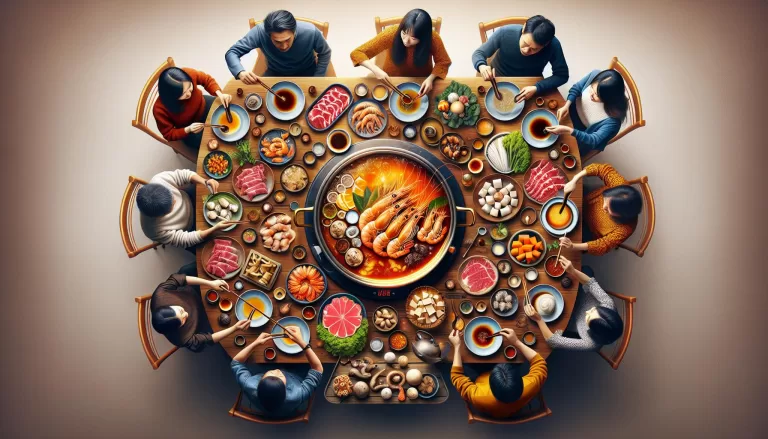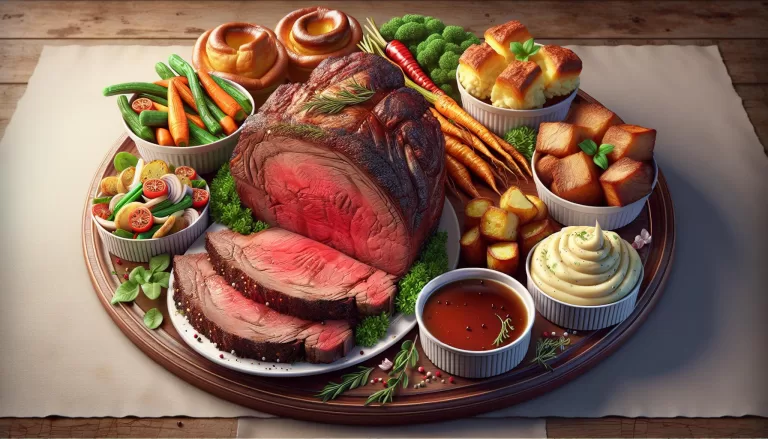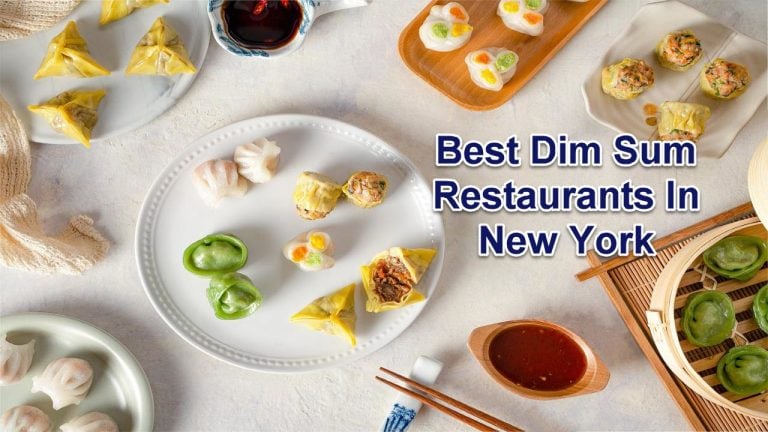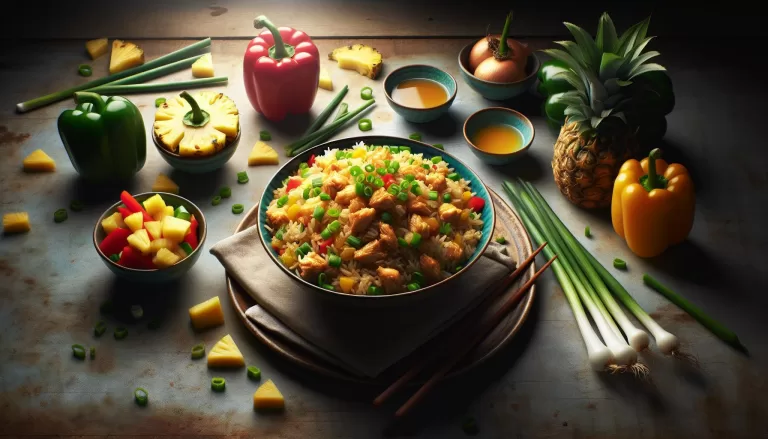Authentic Homemade Buddhas Delight Lo Han Jai Recipe and Healthy Serving Tips
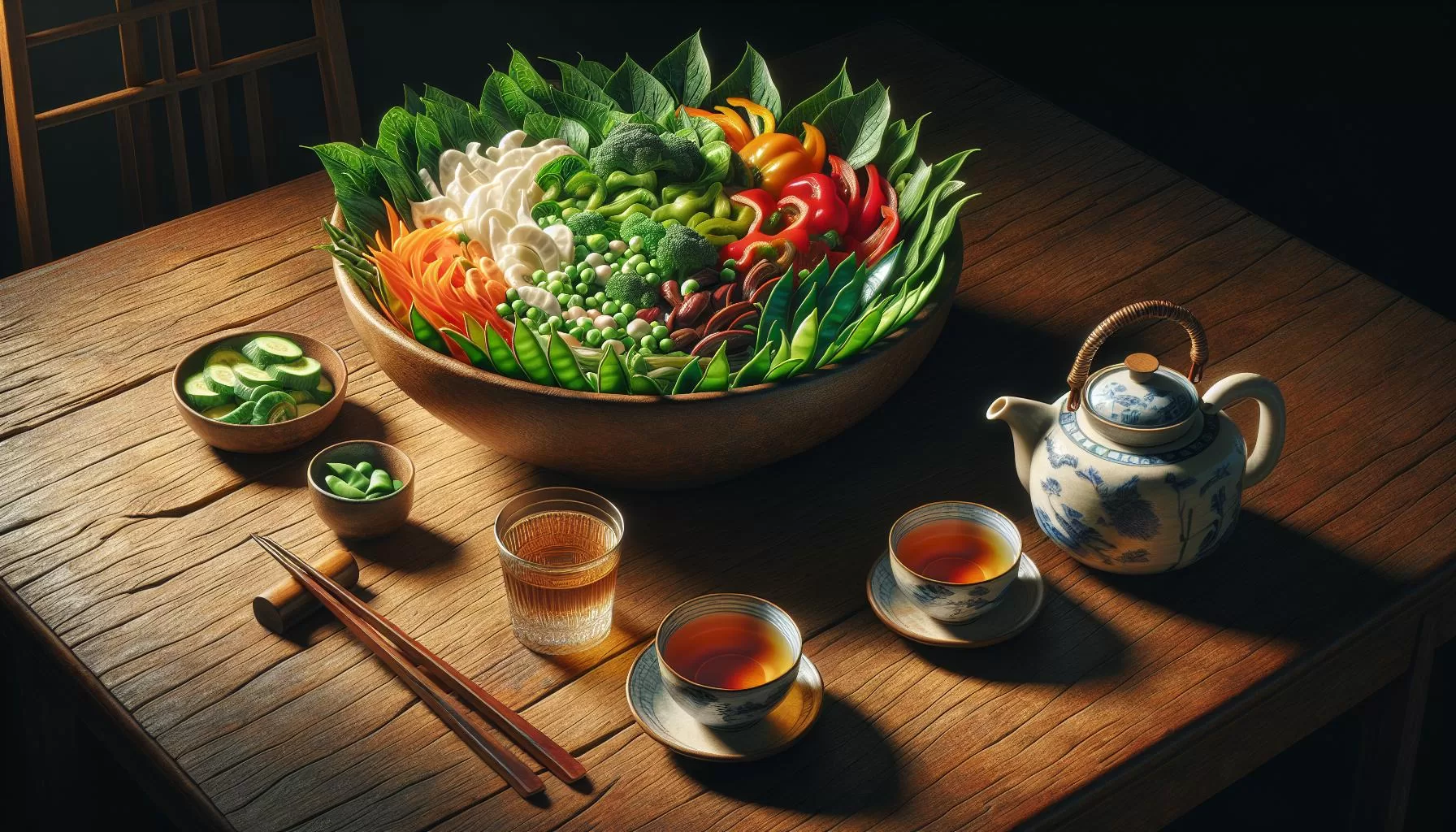
Benefits of Homemade Buddhas Delight
When you choose to make Buddhas Delight (Lo Han Jai) at home, you’re doing more than simply conjuring up a delightful meal. Actually, there’s an array of benefits you might not even realize.
You might think such a complex and flavorful dish would be a nightmare to the health-conscious. Yet, the opposite is true. Surprisingly, the ingredients in our Buddhas Delight recipe are chock-full of nutrition and low in calories. The wide assortment of vegetables like bamboo shoots, baby corn, and Napa cabbage provide ample fiber, vitamins, and antioxidants. This helps you keep that digestive system in top shape. Tofu, often used in this recipe, offers a great source of protein without the added fats found in meats. Even the mushrooms we use are a powerhouse of essential nutrients!
Then there’s the joy of knowing exactly what’s in your food. You’ll never find hidden ingredients or preservatives like those potentially lurking in store-bought or restaurant dishes. You’re the master of your kitchen, deciding on every single part that goes into your meal. Preference for low sodium? Cut back on the soy sauce. Need more protein? Feel free to add extra tofu.
Furthermore, there’s the cost savings to consider. While prices for ingredients may vary based on location and season, in general making Buddhas Delight at home can be quite economical. Especially with the option to buy in bulk or substitute expensive items.
Also, cooking at home encourages the growth of your culinary skills! A recipe like Buddhas Delight is a great project to extend your cooking techniques, including stir-frying and balancing flavors. Moreover, what feels more rewarding than savoring a beautiful dish you’ve made from scratch?
In case you’re concerned about meal prep time, let’s reassure you. Yes – it may take some time to prepare the components separately. However, the stir frying part is speedy, and you can always prepare some components in advance to suit your schedule.
All things considered, the move to homemade Buddhas Delight brings a string of benefits from nutritional to financial. Not to mention the sheer fun of it! Armed with the right recipe and ingredients, the delightful world of Lo Han Jai awaits you.
Key Ingredients for Buddhas Delight

In your culinary adventures, knowing your ingredients is crucial. Let’s explore the essential components in creating a homemade Buddha’s Delight Lo Han Jai dish.
Vibrant Vegetables
An array of colorful vegetables takes center stage in this dish. With buddha’s delight, it’s not just about tasting good—it’s about appearing delightful as well.
- Bamboo shoots add a unique texture.
- Baby corn offers a gentle sweetness.
- Red bell peppers contribute a vibrant color.
- Bok choy gives your dish a refreshing crunch.
Tasty Tofu
Tofu, an excellent protein source, plays a leading role. It’s essential for maintaining the traditional essence of this dish. Baked or grilled, tofu can add a delightful crispness that contrasts the tender veggies.
Marvelous Mushrooms
Mushrooms provide an earthy flavor that deepens the overall taste of the dish. Whether you choose shiitake, white button, cremini, or a mix, mushrooms bring the dish to another level.
Best Broth
You’ll need a flavorful vegetable broth as your stir-fry base. It binds all the flavors together and keeps the dish moist. Homemade or store-bought, this liquid forms the heart of your recipe.
Savory Sauces
Light soy sauce, oyster sauce, and sesame oil are star players when it comes to savory flavor. These sauces enhance the natural taste of your ingredients, perfectly blending everything together. You’re at liberty to play around with quantities depending on your preferred salt level.
There you have it! These are the critical components needed for a delightful homemade Buddha’s Delight dish. Don’t let this list limit you though. Feel free to experiment and let your taste buds guide you in discovering new variations and flavors.
Traditional Preparation Steps
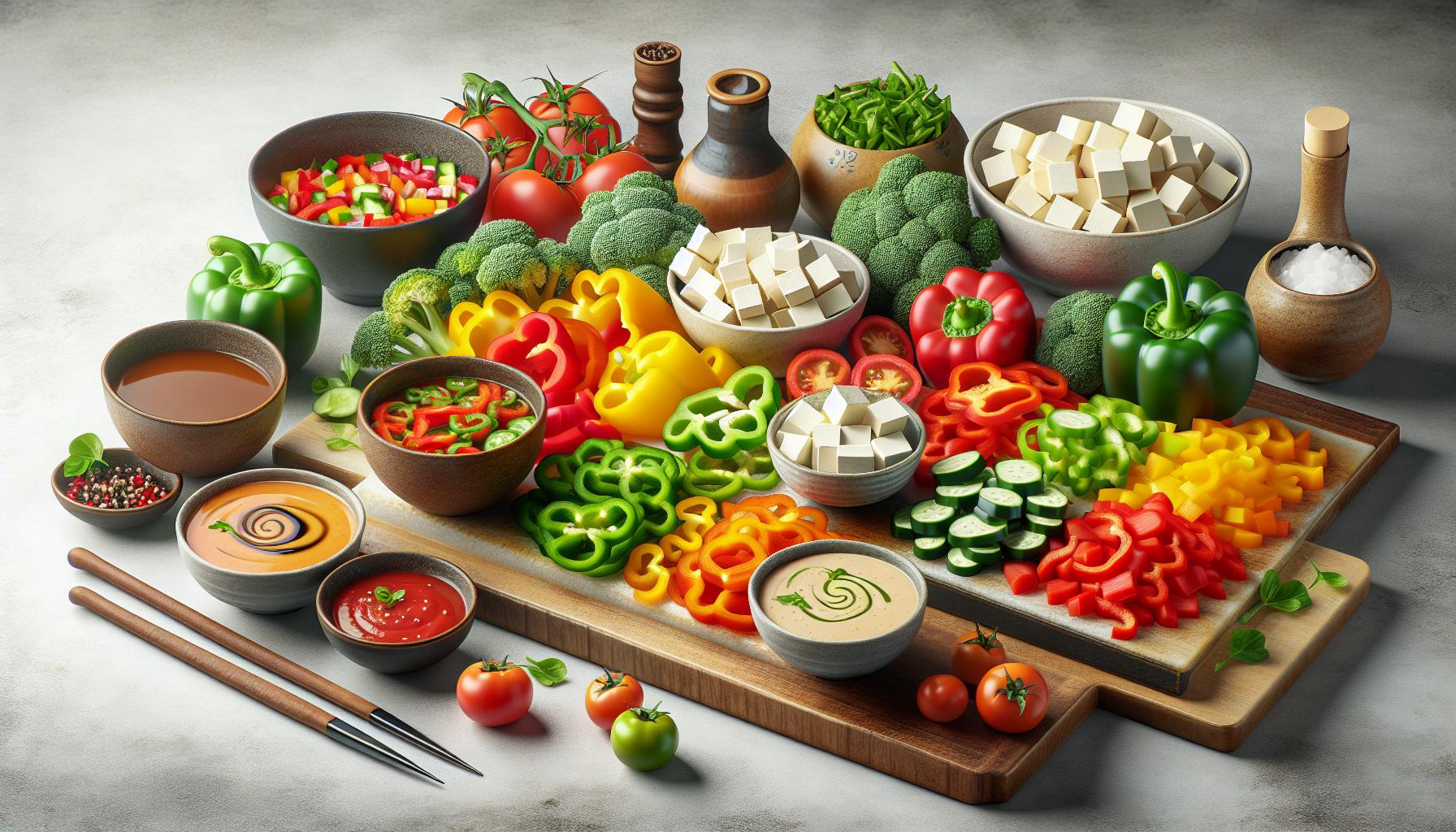
Now that you’re well-versed with the key ingredients for your very own Buddha’s Delight, let’s dive into the preparatory steps. Remember, in cooking, just as important as the ingredients themselves, is how you handle them.
First off, prepare all your vegetables. Clean and slice them into bite-sized pieces. Your tofu should also be cut into small squares. A good tip for tofu, double fry it. It’s a handy trick to add a decidedly delicious edge to your dish. To achieve this, fry once, drain the pieces on a kitchen towel, and then fry them again until golden and crisp.
Once ready, heat oil in a wok or large frying pan. Begin sautéing your vegetables. Start off with the harder vegetables like bamboo shoots and bell peppers, allowing them to cook longer. Bok choy and mushrooms are added later to avoid overcooking and retaining their vibrant colors and flavors.
Following the vegetables, introduce your double-fried tofu and mix well. Subsequently, make a well in the center of the mix and pour in the vegetable broth. Bring it to a simmer then add your soy sauce, oyster sauce, and sesame oil. Mix everything together allowing all the ingredients to mingle, soaking up the flavored broth.
One more thing you can do to set your dish apart is playing with garnishes. Sliced green onions or slivers of fresh ginger can round off your dish with a delightful, refreshing note.
Additionally, if you’re mindful about your diet, include nutritional data. For instance, a usual serving of Buddhas Delight contains about:
| Nutrient | Amount |
|---|---|
| Calories | 250g |
| Carbs | 35g |
| Proteins | 10g |
| Fats | 6g |
So there you have it – a simple, step-by-step guide to make your Buddhas Delight more delightful. After this, go ahead, tweak and experiment with the instructions. After all, the best part about homemade dishes is how they reflect our personal tastes and cooking styles.
Variations and Substitutions

Don’t worry if you can’t find every ingredient on your list. The beauty of ‘Buddha’s Delight’ lies in its adaptability. You can experiment with flavors, add your favorite veggies, or remove those you don’t fancy.
Can’t find bok choy? Try spinach or any other leafy green, they’re an excellent substitute. Don’t have shiitake mushrooms? Your usual white button mushrooms are a great fit too. They will give the dish an authentic touch without overwhelming it. Like a little extra protein? Toss in some edamame or chickpeas!
Tofu: Not up for tofu? Tempeh is an equally delectable option, adding a dose of protein while keeping the dish vegetarian. The firm, nutty flavor lends a unique dimension to the dish.
Vegetable broth: No vegetable broth on hand? No worries! You can use a blend of soy sauce, sesame oil, and water for the sauce base in a pinch.
Noodles: The traditional mung bean thread noodles can be challenging to source. Feel free to replace these noodles with rice vermicelli, udon, or even spaghetti if you’re out of other options.
Flavor Enhancers: Garlic, onions, or extra spices never go astray in adding more depth. For those with dietary restrictions, tamari can stand in for soy sauce as a gluten-free option, and Agave syrup is a perfect vegan substitute for honey.
So go ahead, be adventurous. This is your chance to personalize the ‘Buddha’s Delight’ and truly make it your own. Don’t forget, sometimes the best dishes are born from experiments. After all, this dish is all about balance and harmony.
Serving and Enjoying Buddhas Delight
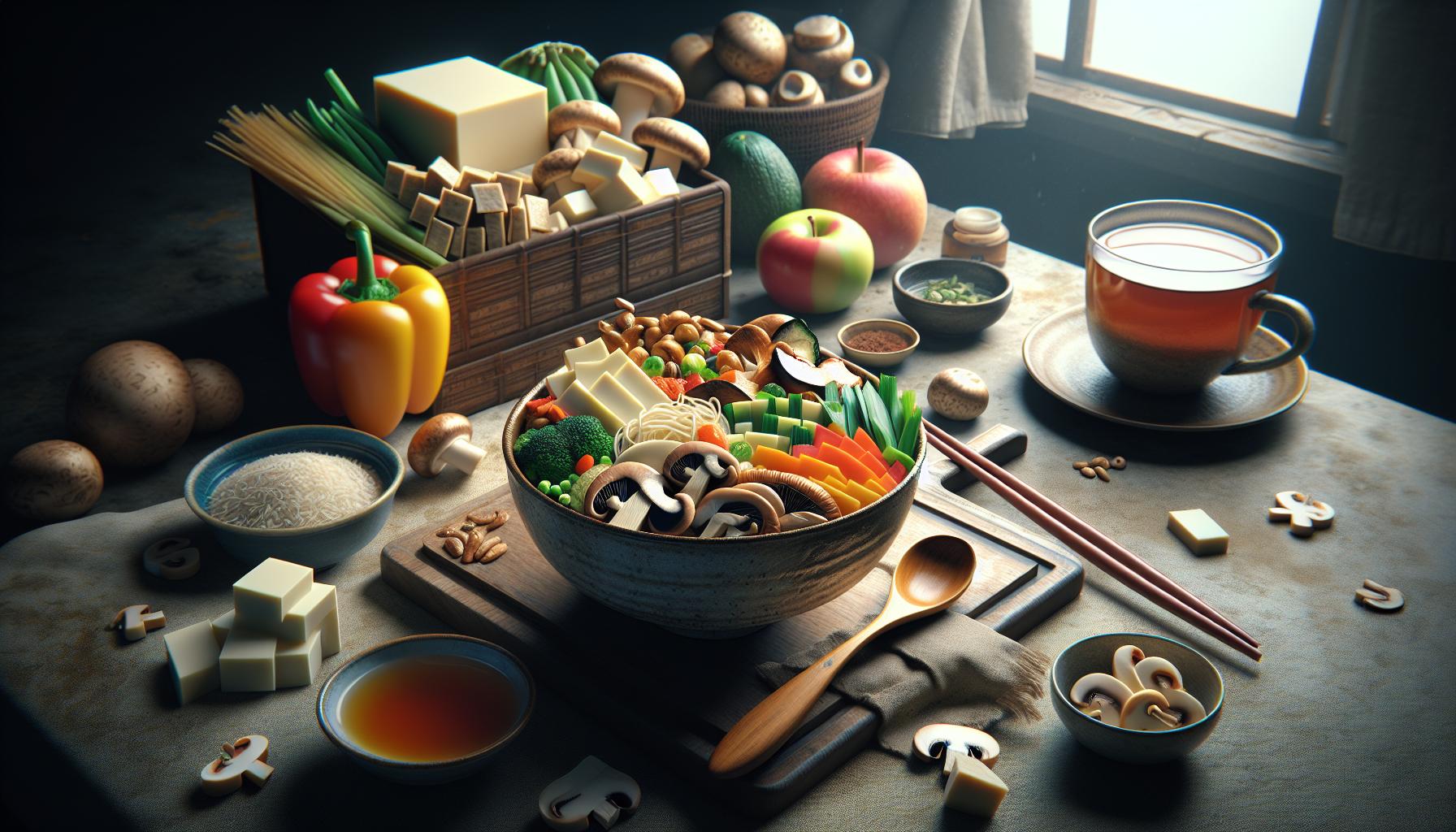
Sequence is the secret when it comes to the art of serving Buddha’s Delight correctly. Wondering why? Here’s an insight. The various textures and flavors of the individual components need to blend harmoniously. Thus, how you layer your ingredients can make all the difference in taste and presentation.
Start by placing the more robust ingredients, such as mushrooms and bamboo shoots, at the bottom of the bowl. They act as a base and absorb the sauce more readily. Next, arrange the lighter ingredients like tofu and vermicelli noodles, allowing them to soak up the remaining succulent juices.
Presentation is key with Buddha’s Delight. Colorful vegetables like snow peas or bell peppers keep the visual aesthetics of the dish high. Showcase these vibrant elements on top for a feast for the eyes!
When you’re ready to indulge, approach Buddha’s Delight like a symphony of textures and flavors waiting for your exploration. Each bite can be a fresh mix, creating an ever-changing taste sensation for your palate. Buddha’s Delight isn’t just a dish; it’s a culinary adventure!
Want to elevate the experience even more? Complement Buddha’s Delight with a warm cup of Oolong tea or a lighter-bodied white wine. These drinks enhance the rich flavors without overshadowing the complexity of this tradition-infused dish.
It’s also worth considering the nutritional value this offers. Rich in vitamins, fiber and protein, Buddha’s Delight is a great option if you’re mindful of your health. Below is a quick peek at what a serving of Buddha’s Delight brings to your table.
| Calories | Carbs | Protein | Fat | |
|---|---|---|---|---|
| Per serving | 250 | 35g | 12g | 6g |
Yes, it’s that balanced! So the next time you serve Buddha’s Delight, remember it’s not just about the ingredients. The method of layering, the choice of accompaniment, and the mindful bite – all come together to make this not just a meal but a delightful experience.
Conclusion
So, you’ve journeyed through the artful process of creating a Buddha’s Delight dish. It’s clear that the magic lies not just in the ingredients, but also in the layering and presentation. With robust elements at the bottom and lighter ones on top, you’re crafting a symphony of textures and flavors. Don’t forget those vibrant veggies like snow peas and bell peppers to add a pop of color. Remember, each bite is an adventure, a delightful blend of tastes. And what’s a meal without the perfect pairing? Oolong tea or white wine can truly elevate your dining experience. Beyond the taste, it’s a healthy choice too, packed with vitamins, fiber, and protein. So go ahead, indulge in mindful eating and savor the delightful experience that is Buddha’s Delight. You’ve mastered the art, now it’s time to enjoy the masterpiece!
